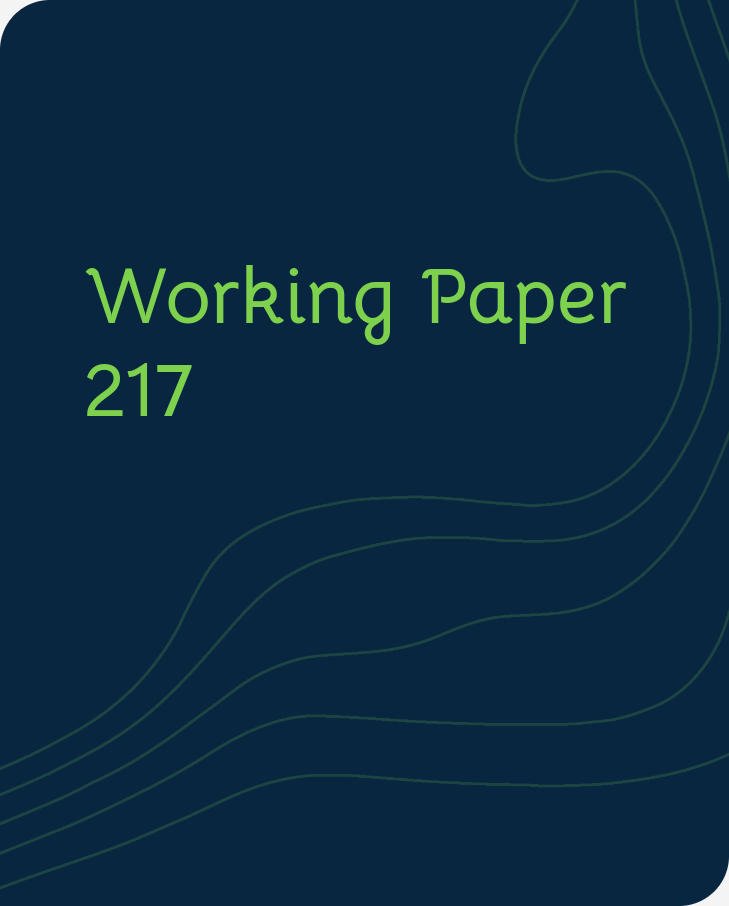Publication
Transition Report
Reform progress and transition indicators
Who we are
Overview: about the EBRDWho we are
Overview: about the EBRD
Learn about the EBRD's journey to investing more than €210 billion in over 7,400 projects.
What we do
Overview: how the EBRD operatesWhat we do
Overview: how the EBRD operates
Through projects, business services and involvement in high-level policy reform, we're doing more than ever before.
Work with us
Overview: how you can work with the EBRDWork with us
Overview: how you can work with the EBRD
We draw on three decades of regional knowledge and financial expertise to tailor our products and approaches to each client's needs.
July, 2018

By Ralph De Haas and Alexander Popov
The UN Climate Change Conference in Paris in 2015 put finance at the heart of the debate on environmental degradation. But what exactly is the relationship between finance and environmental pollution? This paper analyses the mechanisms that connect financial development, industrial composition and environmental degradation, as measured by carbon dioxide emissions. It finds that when credit markets develop, polluting industries emit more CO2, but that when stock markets grow, these industries start to emit less. One important mechanism is that stock market development (but not credit market development) is associated with cleaner production processes in technologically “dirty” industries. These industries also produce more green patents when stock markets expand.
For media enquiries related to this working paper, please contact Ksenia Yakustidi, Media Adviser at the EBRD’s Office of the Chief Economist
YakustiK@ebrd.com
All Working Papers
The Working Paper series seeks to stimulate debate on transition in the EBRD regions.
